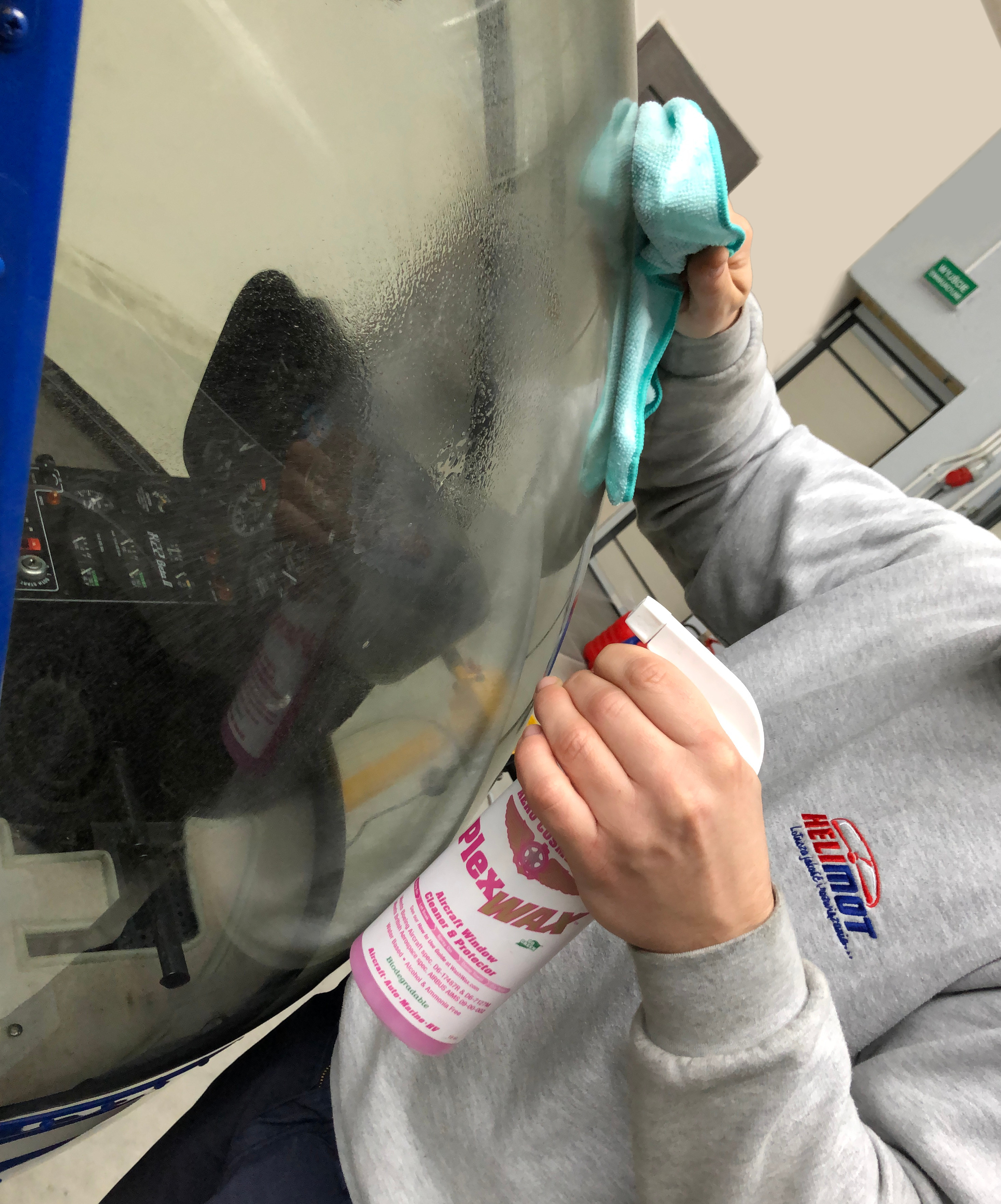Robinson Helicopter Company (RHC), the world's leading manufacturer of civilian helicopters, has received FAA...
- Home
-
Aviation store
-
Aircraft parts
- Aircraft parts
- Batteries
- To engine
-
Fasteners
- Temperature recorders
- Aviation lighting
-
Robinson R22
- Avionics
- Doors and windows
- Hull
- Controlling the flight
- Environmental control
- Ground handling
- Lighting
- Parking and storage
- Chassis
- Servicing
- Engine
- Special tools
- Motor control
- Instrument system
- Fuel system
- Plates and markings
- Paving and balancing
- Electrical system
- Main Rotor Drive System
- Tail rotor drive system
- Engine oil system
- Weight and balance
- Main rotor
- Tail rotor
- Equipment
-
Robinson R44
- Autopilot
- Avionics
- Doors and windows
- Hull
- Controlling the flight
- Environmental control
- Hydraulics
- Ground handling
- Lighting
- Parking and storage
- Chassis
- Servicing
- Engine
- Special tools
- Motor control
- Instrument system
- Fuel system
- Plates and markings
- Paving and balancing
- Electrical system
- Main Rotor Drive System
- Tail rotor drive system
- Engine oil system
- Weight and balance
- Main rotor
- Tail rotor
- Equipment
-
Robinson R66
- Autopilot
- Avionics
- Doors and windows
- Hydraulics
- Hull
- Environmental control
- Controlling the flight
- Ground handling
- Lighting
- Parking and storage
- Chassis
- Servicing
- Engine
- Special tools
- Motor control
- Instrument system
- Fuel system
- Plates and markings
- Paving and balancing
- Electrical system
- Main Rotor Drive System
- Tail rotor drive system
- Engine oil system
- Weight and balance
- Main rotor
- Tail rotor
- Equipment
- Aviation chemistry
- Cleaning cloths and rags
- Paints and primers, painting accessories
- Abrasive sheets and fleeces
- Oils and greases
- Tools
- Aviation accessories and gadgets
-
Aircraft parts
- Lycoming engines
- SERVICE R22 R44 R66
- Helicopter Transport
- Blog
- About us
- New products
Latest posts
-
 FAA Approval to Double the Life of Select Robinson R66 ComponentsRead more
FAA Approval to Double the Life of Select Robinson R66 ComponentsRead more -
 50th Anniversary of Robinson Helicopter Company06/20/2023Read more
50th Anniversary of Robinson Helicopter Company06/20/2023Read moreToday, June 20, 2023, marks 50 years since Robinson Helicopter...
-
 Can the oil in an aircraft piston engine be refilled with another brand of oil?11/21/2022Read more
Can the oil in an aircraft piston engine be refilled with another brand of oil?11/21/2022Read moreVery often pilots ask us if they can use another brand of oil, e.g. for a top-up.The answer is...
-
 Is the Robinson R66 helicopter safer than the R44?05/13/2022Read more
Is the Robinson R66 helicopter safer than the R44?05/13/2022Read moreIs the Robinson R66 helicopter safer than the R44?
-
 FAA approves stick guard11/15/2021Read more
FAA approves stick guard11/15/2021Read moreThe safety-enhancing stick guard is FAA approved for...
-
 Robinson R44 Service Bulletin SB-108 also became an Airworthiness Directive (FAA AD 2021-19-8)09/09/2021Read more
Robinson R44 Service Bulletin SB-108 also became an Airworthiness Directive (FAA AD 2021-19-8)09/09/2021Read moreRobinson R44 Service Bulletin SB-108 is now an FAA AD!
-
 How to properly clean plastic windows in a helicopter or plane04/11/2021Read more
How to properly clean plastic windows in a helicopter or plane04/11/2021Read moreWith the summer season approaching, it is worth taking care of aircraft windows.As we know, the summer season is a...
-
 World record with Robinson R2202/15/2021Read more
World record with Robinson R2202/15/2021Read moreOn September 22, 1990, in Red Bluff, California (USA) the "speed challenge" took place - an attempt to set a speed...
-
 Robinson R22 / R44 / R66 On-Board Camera02/11/2021Read more
Robinson R22 / R44 / R66 On-Board Camera02/11/2021Read moreRobinson's cockpit video camera debuted at last year's Heli Expo 2020 - it is now an optional extra on R22/R44...
-
 Lithium-ion battery available for Robinson R4402/03/2021Read more
Lithium-ion battery available for Robinson R4402/03/2021Read moreRobinson Helicopter Company recently added the TB17 lithium-ion battery to the R44 option...
Blog categories
Search in blog
NEW ROBINSON WINDOWS. DOES THIS MEAN THAT THE STANDARD WINDOW IS NOT RESISTANT TO ANY BIRD IMPACT?
Related posts
-
 HOW TO UNLOCK A BURNED SCREW?
Posted in: Helimot11/02/2020HOW TO UNLOCK A BURNED SCREW?Read more
HOW TO UNLOCK A BURNED SCREW?
Posted in: Helimot11/02/2020HOW TO UNLOCK A BURNED SCREW?Read more -
 Are You Unconsciously Reducing Your Helicopter's Efficiency and Shortening the Life of Your Blades?
Posted in: Helimot11/12/2020Blade Cleaning and Maintenance...Read more
Are You Unconsciously Reducing Your Helicopter's Efficiency and Shortening the Life of Your Blades?
Posted in: Helimot11/12/2020Blade Cleaning and Maintenance...Read more -
 Everything you need to know about vibration in a helicopter
Posted in: Helimot11/18/2020Everything you need to know about vibration in a helicopter...Read more
Everything you need to know about vibration in a helicopter
Posted in: Helimot11/18/2020Everything you need to know about vibration in a helicopter...Read more -
 WHAT IF I EXCEED THE MANIFOLD PRESSURE LIMIT?
Posted in: Helimot11/19/2020Have you exceeded your manifold pressure limit? What now? Do I need an inspection?No, there is no need to call a...Read more
WHAT IF I EXCEED THE MANIFOLD PRESSURE LIMIT?
Posted in: Helimot11/19/2020Have you exceeded your manifold pressure limit? What now? Do I need an inspection?No, there is no need to call a...Read more -
 FAA APPROVES LYCOMING ELECTRONIC IGNITION SYSTEM FOR ROBINSON HELICOPTERS
Posted in: Helimot11/17/2020R22 and R44 helicopters purchased after January 15, 2020 will be equipped with...Read more
FAA APPROVES LYCOMING ELECTRONIC IGNITION SYSTEM FOR ROBINSON HELICOPTERS
Posted in: Helimot11/17/2020R22 and R44 helicopters purchased after January 15, 2020 will be equipped with...Read more

Leave a comment